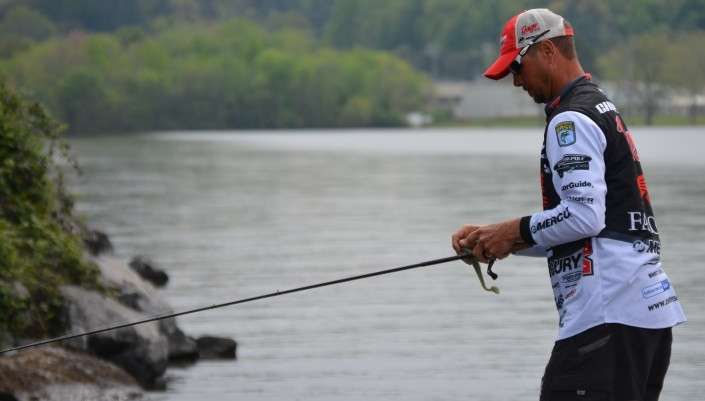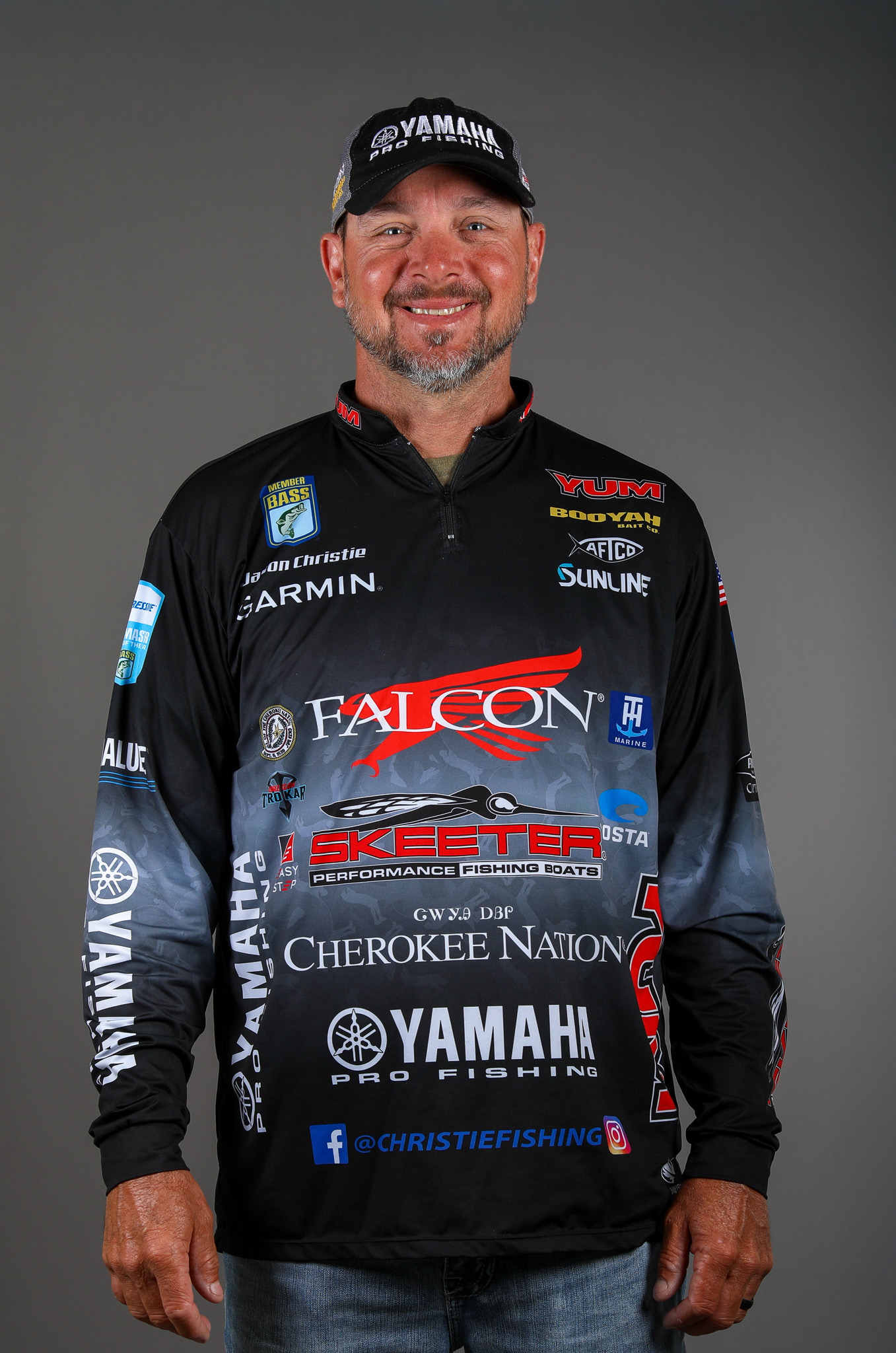
The 2016 Bassmaster Elite Series season is coming up quickly, but I feel like I’m as ready as I’ve ever been. The fact that the Bassmaster Classic on Grand Lake will take place near my home has a lot to do with my motivation, but taking a step back, I can say that even without this extra shot of enthusiasm, I’d still have myself ready for a new year.
The reason is simple – organization.
That word can cover a lot of areas, but I’ll focus on the physical elements of my job, starting with my rods and reels. The key word is “inventory.” Before a new season begins, I check all my rods for any damage and make an inventory of what I need.
I actually start this process during deer season. When I’m sitting in my tree stand, I’ll go through this inventory in my head and think about what new models might work better for the techniques I use.
For example, the new Lew’s Magnesium reel is one that I’ll integrate that into my routine. I’ll use the 6.8:1 gear ratio a lot for jerkbaits like the Smithwick Rogue Perfect 10 and topwaters like the Heddon One Knocker Spook.
I might also use other ratios for applications like finesse fishing with a Booyah Finance Jig.
I’ll also be updating some of my older reels like the Lew’s Super Duty and the BB1. Mine are about four years old and they’re in good condition, but I’ll get new ones so I’m all set for the season.
January and February are my experimental months to try new models and new gear ratios. I don’t want to be doing this during the year; I want to have everything I need identified and in place well before the season begins.
That’s why this organizational period prior to a new season is so crucial. This winter I have had more time because most Oklahoma lakes are flooded, and I’m not fishing as much.
This has also allowed me more time to work on organizing my baits. I use a simple system of stacking trays in my boat’s tackle box, but I want them to be clear so I can quickly see what’s in each tray. I also use labels on the top edge to help me identify the tray I need.
In addition to what I carry in my boat, I have a slide-out organizer in the back of my truck that holds 50-60 trays. I’ll carry most of these in my truck all year and just carry what I think I need for a particular trip in my boat.
In addition to all this, I have a bunch of backup tackle trays in my garage. Some of these hold duplicates of what I carry on the road, but some of them hold my older baits that I may occasionally need.
My goal for this year’s organization has been to cut down and carry less tackle in my boat. Not only does this lessen my running weight, it also will make it easier for me to find the items I need.
I might have a tray with 50 Bandit crankbaits, but I may use a dozen of them for a particular tournament. It’s smart to have backup, but it’s not like you’re going to lose five crankbaits in one day.
Another area of boat organization that’s important to me is my tool kit. You never know when you’ll need to tighten or fix something on the water, so a selection of wrenches, screwdrivers, etc., can help you get back to fishing when problems arise.
The key here is being to locate and quickly reach whatever tools you need. That’s why I keep my tools in a Tupperware container in my back hatch with my batteries. An air-tight seal keeps moisture out, and my tools aren’t scattered around my boat.
Clothing, footwear and rain gear also require organization and, while I try to carry as little as possible, I make sure that what I carry is packed or hung properly.
I keep my pants, shirts and sponsor jerseys hung from a rod that I’ve zip tied to the backseat grips above the doors. I’ll also carry a tote with my winter boots, Gill rain gear and Gill base layer for later in the season when cold spells require more weather protection. (My rain gear stays in the boat during winter and early spring.)
For extended trips, I have to carry quite a few items of clothes because we may fish in 40-degree weather one week and 90 degrees the next. I stay in rental houses with laundry areas, so that allows me to keep it all to a minimum for better organization.
The last element of my preparation – the one that’s most important to me – is getting ready to walk out the door for my first trip. My family and I know it’s coming, and we kind of have an internal countdown clock.
It’s hard to make that first trip because I’ve been home for three or four months. Two to three days before I leave, I don’t schedule a lot of stuff so I can stay around here and do things with my family.
I’m lucky, I have good kids. They know the rules – no 4-wheeler racing while I’m gone.
It’s never easy to say goodbye, but we’ve done it long enough now, it’s just part of the routine. I’m just not going to say it doesn’t get to me.
I guess this is the part you can never fully prepare for

